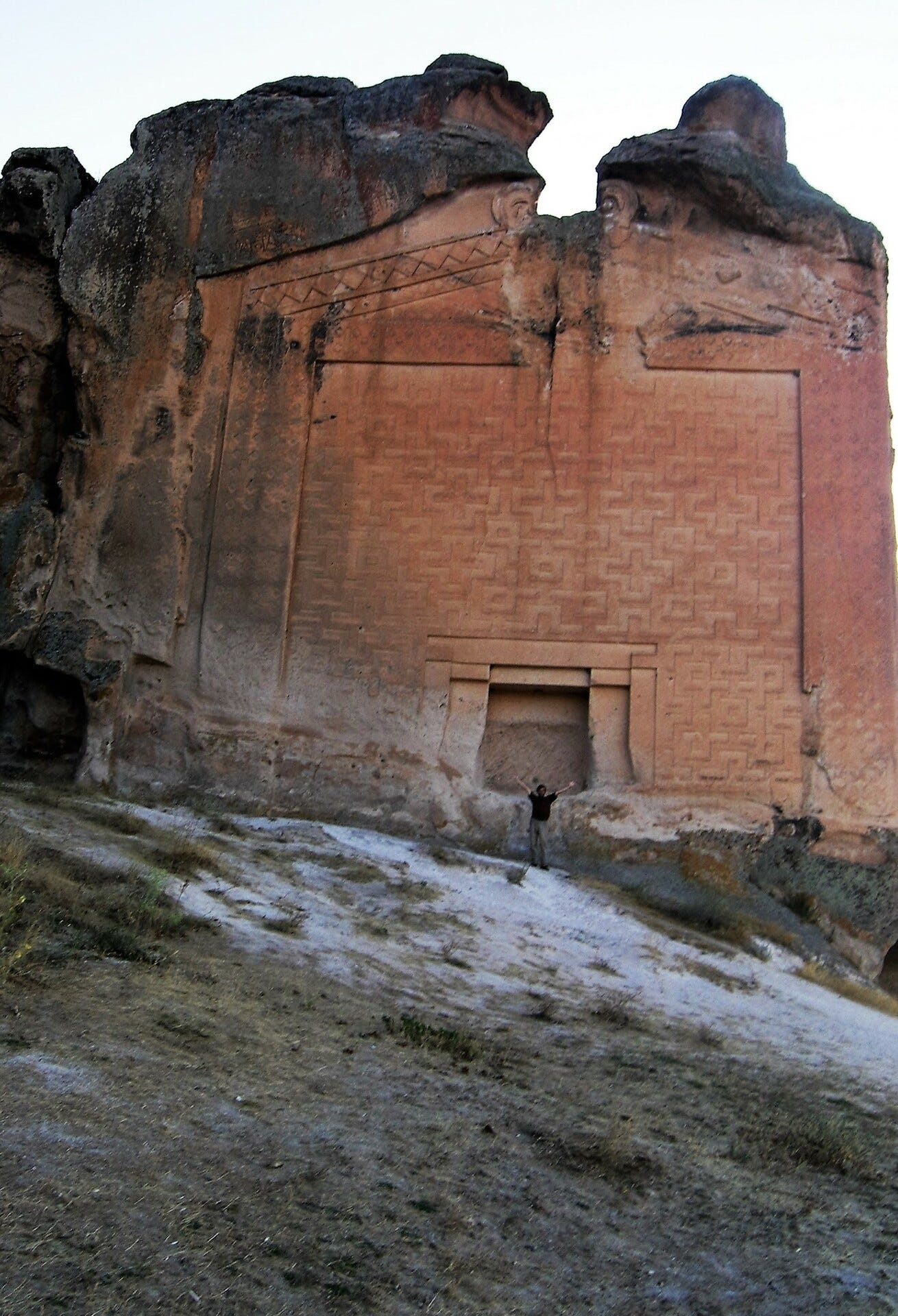King Midas of Phrygia
A Key to Egyptian Chronology of the 19th Dynasty
Late in the eighth century before Christ, there lived a famous and powerful king of central Anatolia, remembered by the Greeks as King Midas of Phrygia. Midas was romanticized by Greek poets and playwrights as a man who was granted a wish, and chose that anything he touched would turn to gold. The story ended in tragedy when he hugged his daughter, and she turned into a gold statue. The story of King Midas was so popular that it has been turned into multiple plays and paintings since the Greek classical era.
While the story of his touch turning things to gold was obviously mythical, King Midas was a very real person. And despite being dead for over 2,700 years, he still has a key role to play in resolving the chronology of Egypt’s 19th Dynasty.
The reason for the Greek fascination with Midas and his association with gold came from the golden throne that he had dedicated to the Temple of Apollo in Delphi, which was still on display in Herodotus’s day.
Excepting Midas, son of Gordias, king of Phrygia, Gyges was the first of the barbarians whom we know to have sent offerings to Delphi. Midas dedicated the royal throne whereon he was accustomed to sit and administer justice, an object well worth looking at. It lies in the same place as the goblets presented by Gyges.
— Herodotus, The Histories, Book I.14
The Greeks converted foreign personal names to Greek-acceptable ones by adding an “es” or “as” on the end. The real name of Midas was probably closer to Mida or Mita. As it turns out, there are two men named Mita in the annals of history, and one of them is believed to be the real King Midas. Below, I will argue that they were both the same man.
Mita of Mushki and Mita of Pahhuwa
In the annals of the Assyrian emperor Sargon II, he mentions a king from Anatolia named “Mita of Mushki” over 13 times. It seems that about 720 BC or shortly afterward, Mita had dominated several of his neighboring kings and formed an alliance with Ambaridu of Tabal and Pisiri of Carchemish. This means that Mita has united Anatolia all the way to the Euphrates River, and probably controlled Ionia and Lydia, too.
Sargon fought several campaigns against Mita, first wresting Carchemish from him 717 BC, then invading Cilicia in 713 BC Still, Mita would not submit.
In 709 BC, Sargon instructed his governor of Cilicia to invade Mushki/Phrygia and raze every city he encountered. While Sargon was busy fighting in the far East, his governor carried out his plan with great success. Mita finally came to the table and made a peace treaty to pay tribute to Sargon.
In the Hittite annals we find a king Arnuwanda I complaining that one of his vassals named Mita of Pahhuwa refused to obey and did not keep his committments. The stratigraphy at the Phrygian Capital of Gordion places Mita of Pahhuwa about the same time as Mita of Mushki, which is to say, the great King Midas of Phrygia. He eventually gained the upper hand and made his former master, Arnuwanda, into his vassal. The growing power of Mita is what alarmed Sargon into going head to head with him starting in 717 BC.
The Key to Egypt’s 19th Dynasty
Conventional chronologists place the 19th Dynasty of Egypt from 1292 to 1189 BC. However, the archaeology and history of Gordion and Hattusa in Anatolia contradict that chronology. Mita of Mushki and Mita of Pahhuwa were both self-evidently references to King Midas who reigned from about 725 to 695 BC.
The King Hattusilis III who made a treaty with Rameses II of Egypt lived a little less than a century after Arnuwanda I who was contemporary with Mita or Midas. Therefore Rameses II belongs in the seventh century, not the thirteenth. And we can identify Hattusilis III as a well known character from classical history. In the Treaty of Kadesh, Hattusilis is also called by his personal name, “Khetasar.” The Greeks transliterated that into their language as Cyaxares, the Great King of the Medes, Cimmerians, and Scythians who conquered Asshur and Nineveh, ending the Assyrian Emp[ire by 608 BC.
The Further Reign of Midas of Phrygia
Midas of Phrygia was so successful that he became legendarily wealthy. After signing the treaty with Sargon II in 709 BC, he had a free hand to dominate all of Anatolia to the West. However, his wealth and his pride were followed by a sudden downfall. A new people called the Cimmerians invaded from the north and east. The Cimmerians, were called the Gimerra by the Assyrians, which was a contraction of an earlier Assyrian name for them, Bit Khumry. Bit Khumry meant the House of Omri and it was the Assyrian name for the Northern Kingdom of Israel prior to its downfall in 721 BC.
When Israel was taken captive by Assyria, they were transplanted to Gozan and the cities of the Medes. About 20 years later, instead of integrating nicely into Assyrian culture, the Cimmerians went feral and joined with the Scythians to conquer east and west along the Zagros Mountains. They were stopped to the East by the power of Assyria. But to the West they conquered all of Anatolia. They overran Phrygia and burned the city of Gordion in 695 BC. Watching his city and all his riches burning in the flames, King Midas committed suicide. However, his legend and his stone monuments lived on in memory, and in art, and can still be visited today.




